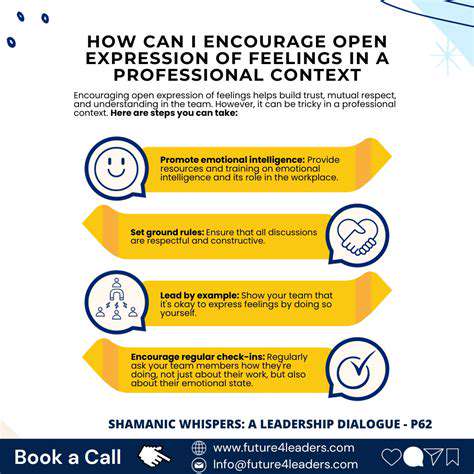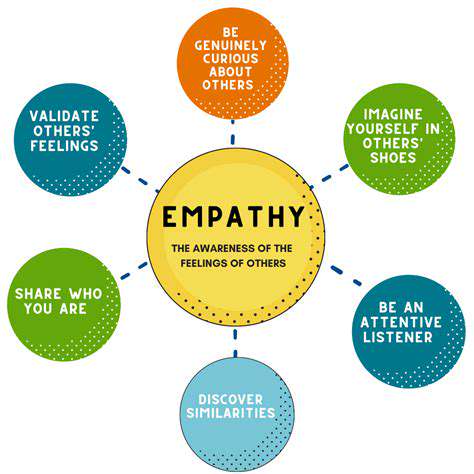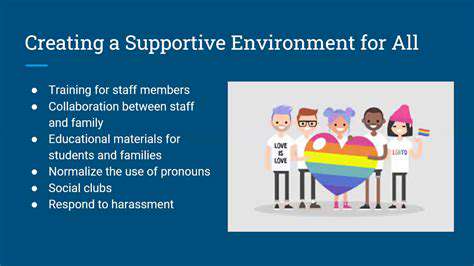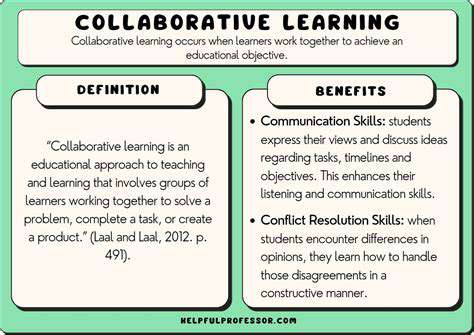Parent Child Communication Hacks for Everyday Life
Building Trust Through Authentic Parent-Child Conversations
Core Principles
Safe environments cultivate mutual understanding in family relationships
Defined expectations create foundations for honest exchanges
Attentive listening practices increase children's self-expression
Curiosity-driven discussions deepen relational connections
Crafting Judgment-Free Zones for Honest Exchange
The Power of Emotional Safety
Establishing trust-based environments requires intentional effort from caregivers. Children instinctively mirror the emotional temperature of their surroundings - when adults demonstrate patience and openness, young people gradually lower their emotional defenses. This gradual process resembles building a bridge between generations, where each positive interaction adds another supportive plank.
Balancing Freedom and Structure
Effective communication thrives within clear frameworks. Parents might consider implementing open floor times when any topic can be discussed without immediate judgment. During these windows, simple ground rules apply: no interrupting, no dismissive language, and full attention given to the speaker. Many families find that 15-minute daily check-ins after school or before bedtime create natural opportunities for connection.
The Art of Presence
True listening involves more than paused devices and physical proximity. Putting down paperwork, turning away from computer screens, and making direct eye contact signals undivided attention in ways words cannot. When adolescents sense authentic engagement, they're more likely to share vulnerable thoughts that might otherwise remain hidden.
Strategic Questioning Tactics
Instead of generic How was school? inquiries, try specific prompts like:- What made you feel proud today?- Did anything feel confusing this afternoon?- What are you looking forward to tomorrow?These conversation starters invite reflection rather than single-word responses.
Transforming Ordinary Moments into Connection Points

Hidden Opportunities in Daily Routines
Life's mundane activities contain golden chances for bonding. Folding laundry together often leads to more authentic conversations than formal we need to talk moments. The rhythmic nature of shared tasks creates natural pauses that encourage thoughtful dialogue. Parents report surprising success with car confessionals - those unstructured minutes during commutes when children feel less observed and more inclined to share.
Non-Verbal Communication Mastery
A parent's posture speaks volumes before any words are exchanged. Leaning slightly forward with uncrossed arms broadcasts approachability, while frequent glances at watches or phones telegraph distraction. Mirroring a child's body language (within reason) can create subtle rapport - if they're sitting cross-legged on the floor, joining them at their level fosters connection.
Digital Tools as Relationship Enhancers
Tech-Enhanced Connection Strategies
Modern families can leverage technology without sacrificing personal connection:- Shared digital journals for asynchronous communication- Collaborative playlist creation reflecting mutual musical tastes- Co-viewing educational YouTube content followed by discussionThe key lies in using screens as bridges rather than barriers. When parents demonstrate balanced tech habits, children naturally adopt healthier digital patterns.
Evolving Communication Through Feedback Loops
Continuous Improvement Process
Seasoned parents recommend monthly communication audits:1. Note which conversation times felt most productive2. Identify recurring tension points3. Experiment with new discussion formats4. Solicit child input on what's workingThis cyclical approach prevents stagnation and models lifelong learning. When children witness adults adapting communication styles, they internalize the value of emotional flexibility.
Sustaining Connection Through Life Stages
Adaptation Strategies
As children mature, successful communication requires tactical shifts:- Preschoolers: Focus on emotion labeling through picture books- Tweens: Implement brainstorming sessions for problem-solving- Teens: Respect growing autonomy through negotiated check-insThe most effective communicators remain students of their children's changing needs. Regular observation and gentle inquiry help parents stay attuned to developmental milestones.
Read more about Parent Child Communication Hacks for Everyday Life
Hot Recommendations
- Affordable Early Childhood Education Solutions
- How to Share Parenting Responsibilities Equally
- How to Identify and Address Teen Depression Early
- How to Teach Kids Emotional Awareness
- Strategies for Cultivating Emotional Intelligence in Early Childhood
- Step by Step Early Childhood Education Guide
- Balancing Parental Roles: Strategies for Effective Co Parenting
- How to Use Positive Language for Better Child Behavior
- How to Create a Distraction Free Study Environment
- Understanding Teen Behavior: Counseling Tips for Parents











